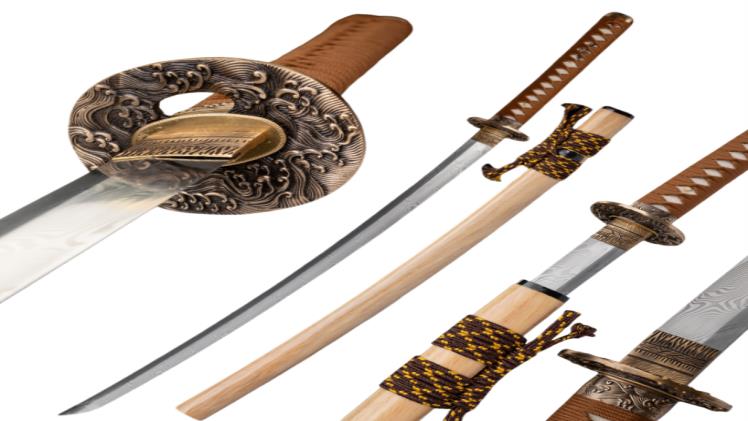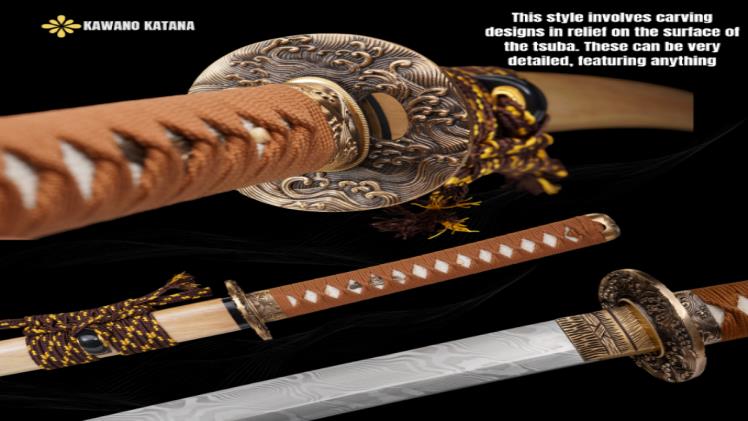The Ancient Art of Forging a Samurai Sword
The katana stands as one of history’s most revered weapons, embodying centuries of Japanese craftsmanship and warrior tradition. This curved blade, with its distinctive appearance and legendary sharpness, represents far more than a mere tool of war—it symbolizes the soul of the samurai and the pinnacle of metallurgical artistry.
The creation of a traditional samurai sword involves an intricate process that has been refined over more than a thousand years. Master swordsmiths, known as katana-kaji, dedicate their entire lives to perfecting techniques passed down through generations. Each authentic katana represents months of painstaking work, combining ancient wisdom with physical endurance and spiritual discipline.
Understanding how these magnificent weapons are forged reveals the extraordinary skill and cultural significance behind every genuine samurai sword. The katana forging process transforms raw steel into a work of art that perfectly balances deadly functionality with breathtaking beauty. For collectors, martial artists, and history enthusiasts, appreciating this traditional craftsmanship enhances the katana value far beyond its monetary worth.
Steel Selection: The Foundation of Excellence
The journey of creating a samurai sword begins with tamahagane steel, a material as legendary as the weapons it creates. This special steel is produced through a time-honored smelting process called tatara, where iron-bearing sand and charcoal are heated in a clay furnace for approximately 72 hours without interruption.
Master swordsmiths carefully examine each piece of tamahagane, testing its carbon content and quality through sparks produced when struck against a grinding wheel. The steel must contain the perfect balance of carbon—too little produces a blade that won’t hold an edge, while too much creates brittleness that could prove fatal in battle.
Different grades of tamahagane serve specific purposes in katana construction. High-carbon steel, known as hagane, forms the cutting edge, while lower-carbon steel called shingane provides the sword’s core strength. Some master craftsmen incorporate tamahagane with varying carbon levels to create complex laminated structures that optimize both sharpness and durability.
The selection process demonstrates the swordsmith’s expertise, as identifying quality tamahagane requires years of experience. This crucial first step directly impacts the katana’s performance, longevity, and overall character—factors that significantly influence katana value in both historical and modern contexts.
Folding and Shaping: Purifying Through Fire

Once the appropriate steel is selected, the katana forging process enters its most physically demanding phase. The swordsmith heats the tamahagane in a traditional charcoal forge until it reaches a bright orange glow, then begins the methodical process of folding the metal.
This folding technique, called tsumi-kitae, involves hammering the heated steel flat, cutting it partially through, folding it over itself, and welding the layers together through repeated heating and hammering. Each fold doubles the number of layers, creating thousands of microscopic layers that remove impurities and distribute carbon evenly throughout the metal.
Master swordsmiths typically fold the steel between 12 and 16 times, producing anywhere from 4,096 to 65,536 layers. This extensive folding process eliminates slag, air bubbles, and other imperfections while creating the distinctive grain patterns that appear on finished blades. The rhythmic hammering requires tremendous physical endurance and precise timing to maintain proper heat throughout the steel.
Different folding patterns create unique characteristics in the finished blade. Some smiths employ complex techniques like sanmai construction, where hard steel is sandwiched between softer outer layers, or kobuse construction, where hard steel backs a softer core. These sophisticated methods demonstrate the advanced metallurgical understanding that Japanese swordsmiths developed centuries before modern steel production.
Hardening and Tempering: Balancing Strength and Flexibility
The most critical phase in samurai sword creation involves differential hardening, a technique that gives the katana its legendary performance characteristics. This process requires extraordinary skill and timing, as the swordsmith must heat-treat different areas of the blade to achieve varying levels of hardness.
Before heating, the smith applies a special clay mixture called yakiba-tsuchi to the blade’s surface. This clay contains charcoal powder, iron filings, and other ingredients that control cooling rates during quenching. The clay is applied thickly along the spine and sides of the blade but thinly along the cutting edge, creating the conditions necessary for differential hardening.
The blade is heated evenly in the forge until it reaches approximately 1,400 degrees Fahrenheit, then rapidly cooled through quenching in water or oil. The thin clay coating along the edge allows rapid cooling, creating a hard martensitic steel structure, while the thick coating on the spine permits slower cooling, producing softer, more flexible pearlitic steel.
This differential hardening creates the famous hamon—the visible temper line that separates the hard edge from the softer spine. The hamon appears as a distinct pattern along the blade’s length, with various shapes and styles that identify the smith’s school and technique. Beyond its aesthetic appeal, the hamon represents the perfect balance between cutting ability and structural integrity that defines a superior samurai sword.
Tempering follows hardening, involving careful reheating to reduce brittleness while maintaining edge hardness. The swordsmith watches the blade’s color changes as it heats, stopping at precisely the right temperature to achieve optimal performance characteristics.
Polishing: Revealing the Soul of the Blade
Polishing a samurai sword extends far beyond simple sharpening—it represents an art form that reveals the blade’s true character and beauty. Master polishers, called togi-shi, spend years learning to bring out the katana’s hidden qualities through progressive refinement using increasingly fine abrasives.
The polishing process begins with coarse stones that remove rough surfaces and establish the blade’s basic geometry. Multiple grades of natural Japanese water stones follow, each finer than the last, gradually revealing the steel’s internal structure and grain patterns. This meticulous work can take several weeks to complete, requiring perfect technique to avoid damaging the blade.
As polishing progresses, the hamon becomes increasingly visible, displaying its characteristic patterns in stunning detail. Different areas of the blade reveal unique textures and grain structures that tell the story of the steel’s formation and heat treatment. The interplay of light across these varied surfaces creates the mesmerizing visual effects that make each authentic katana a unique work of art.







